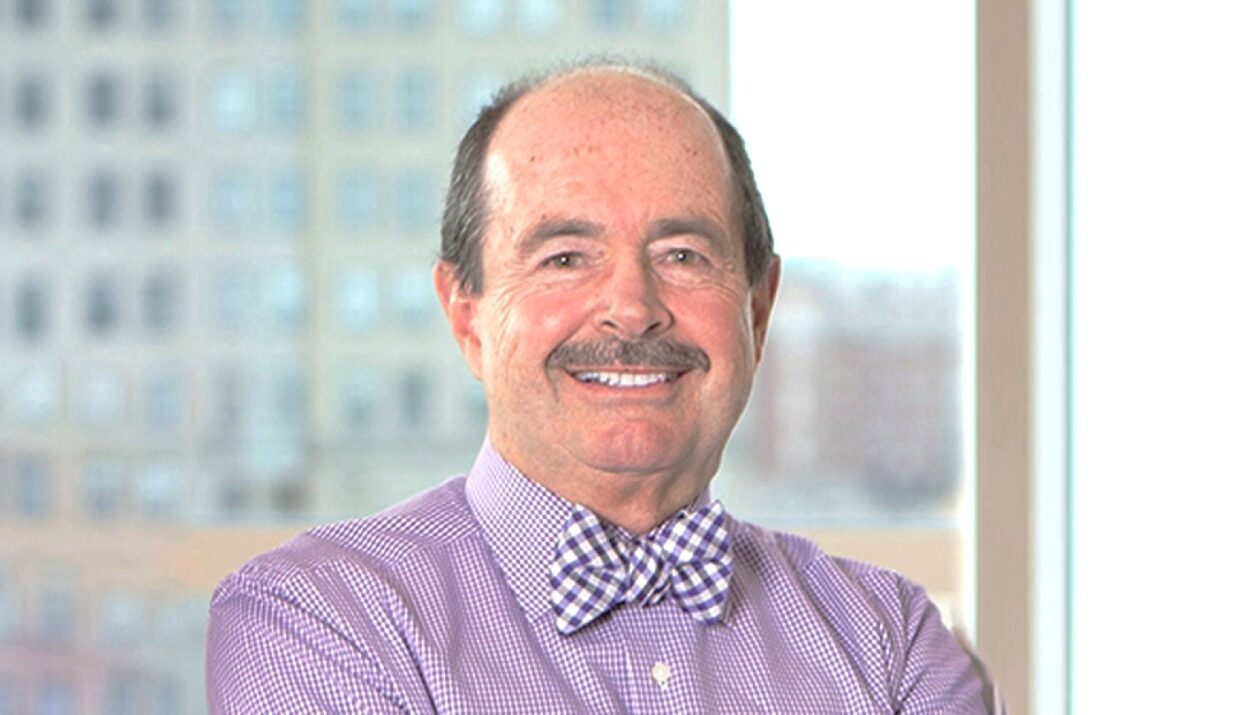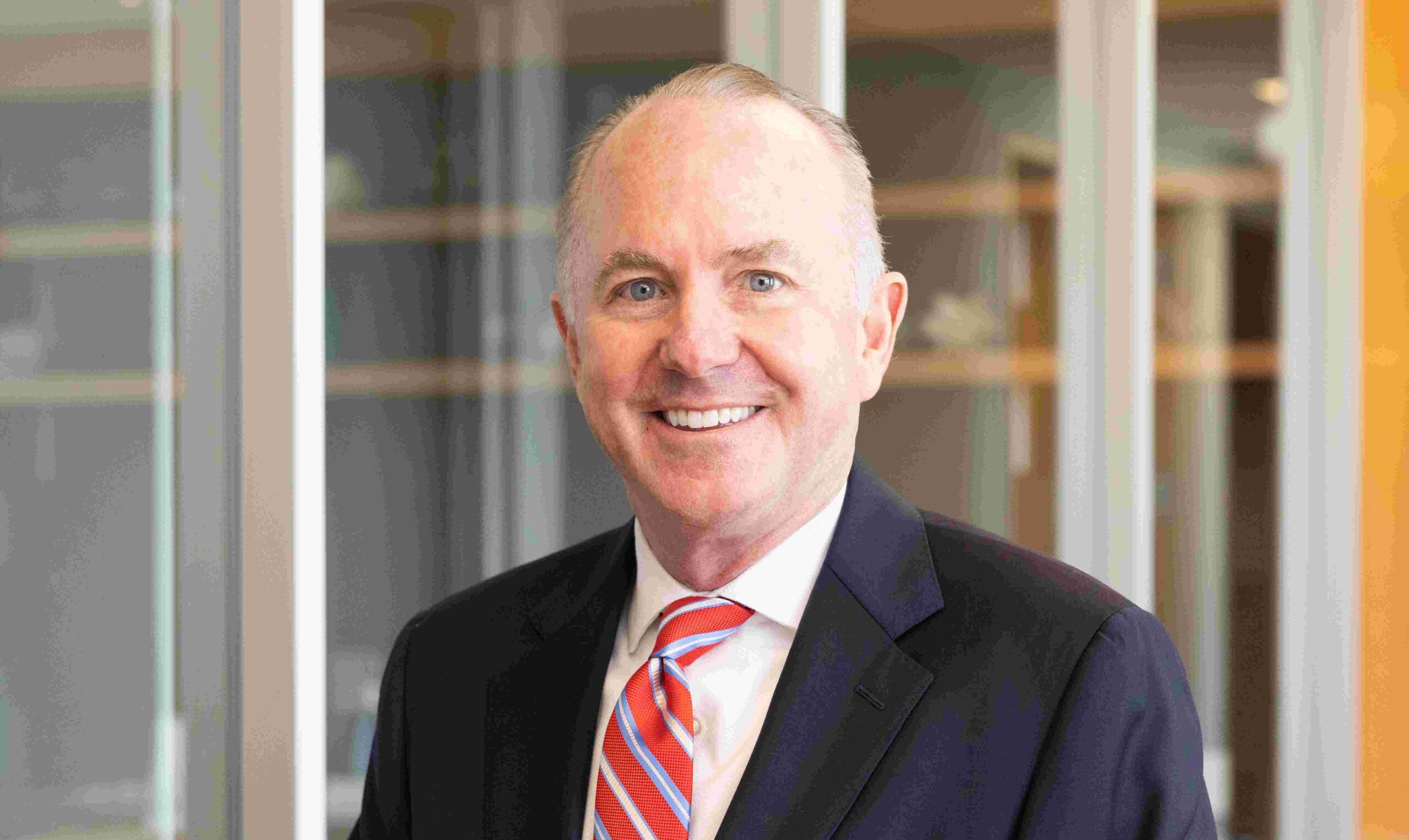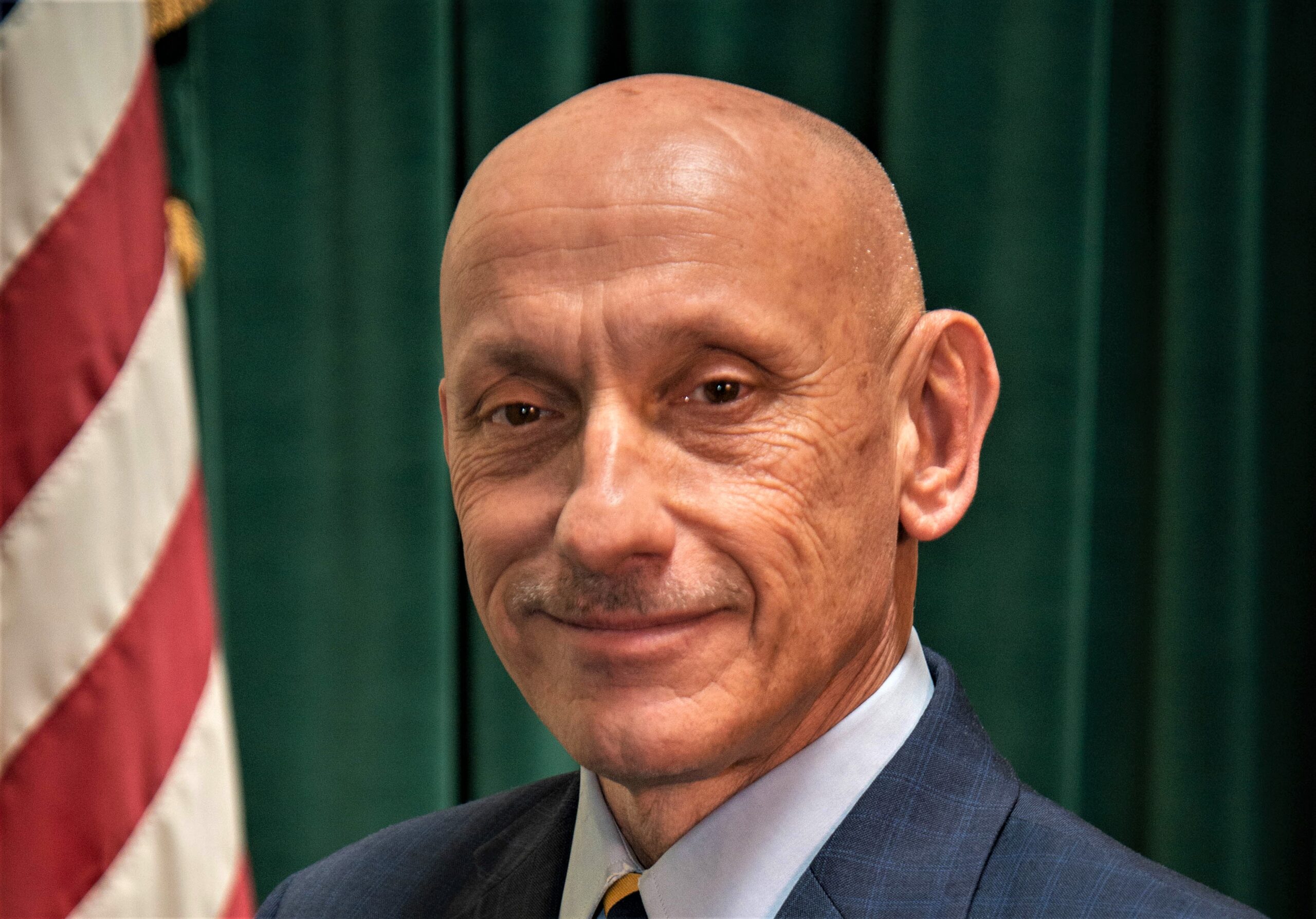Peter, we learned about your work from a Brown media release announcing a federal $12.5 million grant to continue research into the intersections of disease and substance use. We’ll get into that in a bit, but first, can you please tell us about the mission of the Brown School of Public Health’s Center for Addiction and Disease Risk Exacerbation, which you direct?
The mission of the Center for Addiction and Disease Risk Exacerbation, CADRE, is two-fold. The center’s first aim is to better our understanding of the relationship between substance use and chronic disease. The center’s second aim is to advance the careers of early stage investigators (ESIs) who may choose to work in the area of our first aim. One primary way in which we attempt to accomplish this is by training these ESIs together so that they may learn from each other as well as through multiple other paths. Thus, our name, CADRE, which is meant to imply a team or cohort approach to learning and career advancement.
The center opened in 2019. What was the perceived need that led to its creation?
The relationship between addiction and chronic disease has intrigued me for a long time. When we thought of a theme that could be broad enough to encompass multiple investigators of different public health research areas, CADRE seemed to be a natural fit. Of equal importance, as obtaining NIH grants becomes more competitive, particularly for faculty just starting their careers, we needed to find ways of better preparing ESIs for the challenge.
Another unmet need that we identified was the lack of clinical support for human laboratory studies and randomized trials at the School of Public Health (SPH). In an earlier center that I founded at Brown some fifteen years ago, the Alcohol Research Center on HIV, we needed to outsource the collection and analysis of all biomarkers due to the fact that we simply did not have this expertise available at the SPH. This was not only expensive, but time consuming. The establishment of CADRE’s Clinical Laboratory Core (CLC), directed by my colleague Professor Jennifer Tidey, has alleviated this problem for the most part. Indeed, the CLC services are utilized not only by CADRE investigators, but by several other SPH faculty. During Phase II of CADRE we intend to make the services offered by the CLC widely available so as to insure the sustainability of our laboratory services well after the life of this grant. For those interested faculty, our CLC services are listed on our website.
In the media release, you stated “We’re only at the tip of the iceberg with regard to understanding the role of substance use on chronic disease. There are many questions that will arise over the years to come — for example, around our understanding of how misuse of cannabis affects chronic disease in the long run, or around the connection between certain drugs of abuse and psychiatric disorders.” Can you expand on that?
As the science of addictive behaviors advances we are learning more and more about the deleterious effects of drugs of abuse. Take the example of alcohol use/misuse and cancer. It was not so long ago that little if anything was known about this connection. While we know something more today, there are still many unknowns. For example, is the consumption of any amount of alcohol of concern, or is it excessive alcohol use? Interestingly, it’s looking like it does not take much alcohol use to have a negative influence on health. What are the populations who are most vulnerable to the effects of alcohol on cancer? Which cancers are involved? Are the relationships the same for women and men? What about race and ethnicity? Does early misuse exacerbate the problem and when does the relationship first emerge? Importantly, once we uncover these relationships, how do we best communicate the information to the public for optimal impact.
The grant, which will be spread over five years, will also enhance another mission of the center: “Developing institutional research infrastructure and helping promising early-career researchers establish projects so they can successfully compete for additional federal funding.” Again, an overview please.
One example of the institutional research infrastructure that we have developed is CADRE’s Clinical Laboratory Core, led by Professor Jennifer Tidey. This core includes many services that are freely available to our ESI project leaders. Such expensive services as blood draws, biomedical assays and clinical monitoring by support staff (research nurse practitioners, lab technologists, etc.), analysis capabilities, and interpretation of results, are but a few examples of what CADRE provides. Including these in an NIH grant proposal would not only be expensive for a small first-time grant submission but would also require that the scientist be able to convince a review committee that they have experience with such measures.
Clearly, the bar for getting such services through CADRE is much lower. Once the ESIs have used such measures successfully, their likelihood of success in the NIH marketplace would be enhanced. It is important to note that such services are also available to other Brown and state-wide researchers at reasonable fees. Indeed, many faculty are already utilizing our CLC services and if we are successful in Phase II, more faculty will hopefully be utilizing these services going forward. Indeed, in the third iteration of CADRE there is an expectation that the core will be sustainable after the full fifteen-year cycle of the CADRE grant. Such sustainability is mandated by the grant mechanism.
OK, let’s get into some of your background. Please tell us what sparked your early interest in medicine – and substance disuse and addiction?
I have been interested in alcohol use and misuse since my college years – a long time ago! My interest in alcohol’s effect on health was crystalized in another center that I founded at Brown some twenty or so years ago – the Alcohol Research Center on HIV (ARCH). I directed this center for ten years and we made some progress in our understanding of how alcohol use fuels HIV in certain segments of the population. Importantly, we showed how enabling a reduction in alcohol consumption through administration of a brief intervention positively impacts health. This center is now thriving under the leadership of Professor Christopher Kahler, with whom I have collaborated for nearly twenty years. I now serve as deputy director of the ARCH and co-lead one of its research components.
Any mentors you’d like to mention?
Much of my work has been influenced by the late Alan Marlatt, who was a giant in field of the behavioral science of addictive behaviors.
You graduated from Providence College with a bachelor’s degree in psychology – then continued your education at the College of William and Mary (Masters) and the University of Rhode Island (PhD). After that, your work took you many places, including the Providence VA Medical Center, Butler Hospital, Rhode Island School of Design — and of course, Brown. What motivated you during all those assignments?
Though I have worked at several Rhode Island institutions, the common denominator has been Brown from which I receive my paycheck! Indeed, I have been on the Brown faculty since 1976. During my early career I was motived by wanting to establish a successful research program that addressed the problem of alcohol misuse through a biobehavioral framework. Most labs had been approaching the problem from either a biological or a behavioral perspective. I was interested in bring these two worlds together under one roof. Both the ARCH and the CADRE have enabled me (and others) to do so.
While I am still passionate about my research program, the CADRE has enabled me to give back to the scientific enterprise by helping to develop the next generation of scientists. I am truly inspired by the quality and dedication of the ESIs that we have had the pleasure to work with.
Along with your research, you have published widely and served on many committees and associations. Why is that aspect of your work – and any researcher’s — so important?
While doing the science is important and very gratifying, of equal importance is getting the findings out and having them impact the field.
What is your hope for the future for people living with substance use and mental health challenges?
To reduce the stigma and suffering that substance misuse has on our society – particularly on those individuals who are most vulnerable.
Are you optimistic we’ll get there?
Yes, optimism is what keeps me going.
Finally, what can members of the public do to help advance progress?
Support research through lobbying our congressional representatives. For example there is a movement afoot to drastically reduce the number of NIH institutes. Mergers rarely make more resources available. The intention is to make fewer dollars available for research. Budget reductions will be devastating to the research enterprise.
Where to turn if you are considering suicide
Anyone in immediate danger should call 911.
Other resources:
BHLink: For confidential support and to get connected to care, call (401) 414-LINK (5465) or visit the BHLink 24-hour/7-day triage center at 975 Waterman Ave., East Providence. Website: bhlink.org
The Samaritans of Rhode Island: (401) 272-4044 or (800) 365-4044. Website: samaritansri.org
The National Suicide Prevention Lifeline: (800) 273-TALK, or (800) 273-8255
The Crisis Text Line: Text HOME to 741741 “from anywhere in the USA, anytime, about any type of crisis.”
Butler Hospital Behavioral Health Services Call Center: Available 24/7 “to guide individuals seeking advice for themselves or others regarding suicide prevention.” (844) 401-0111
Thrive Behavioral Health’s Emergency Services: 24-hour crisis hotline (401) 738-4300.
Prevent Suicide in Rhode Island: a Rhode Island Department of Health resource. If you are in crisis, call (800) 273-8255 or text TALK to 741741. Website: preventsuicideri.org/






